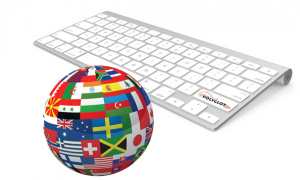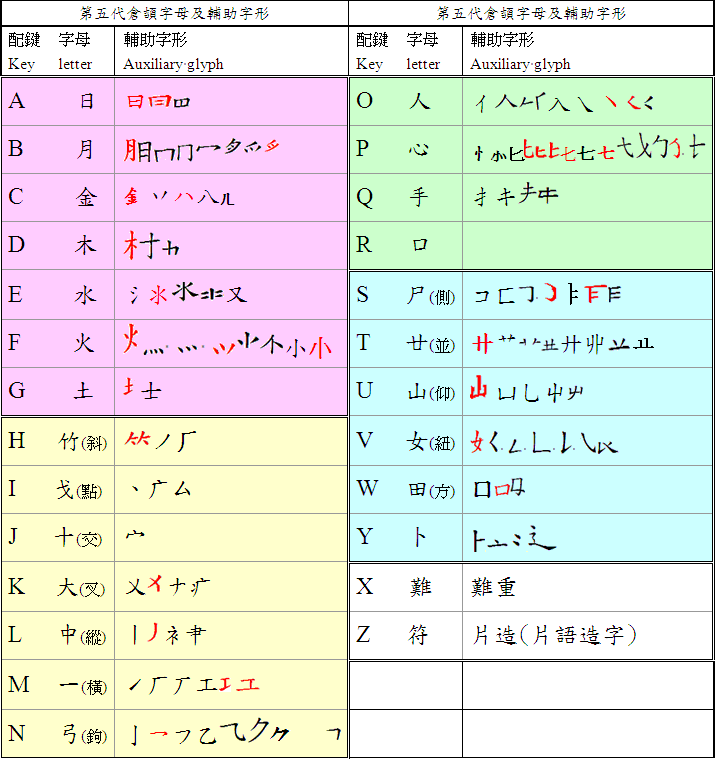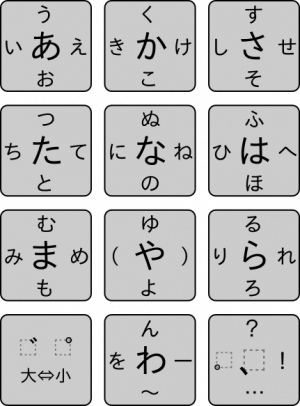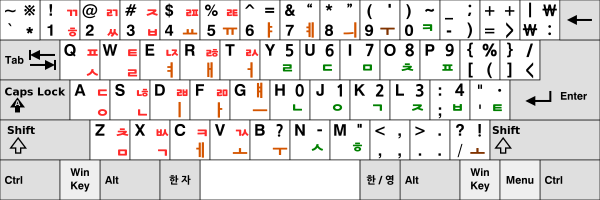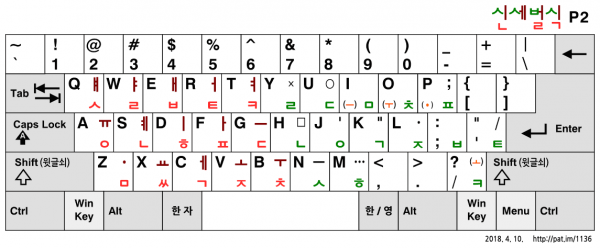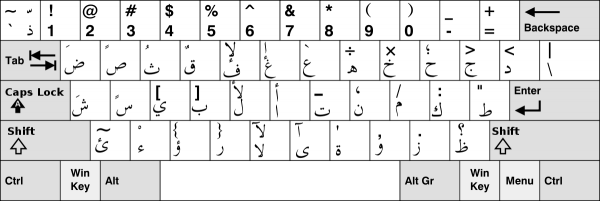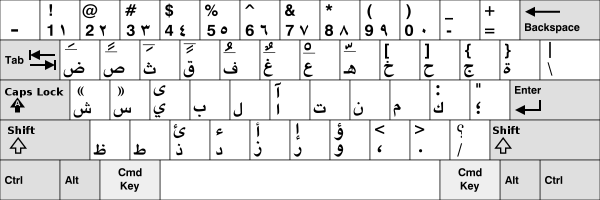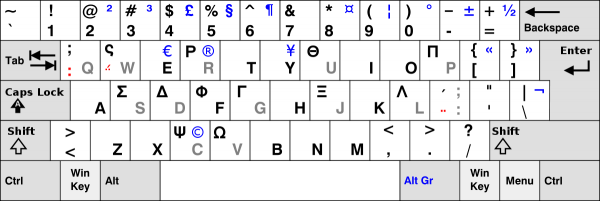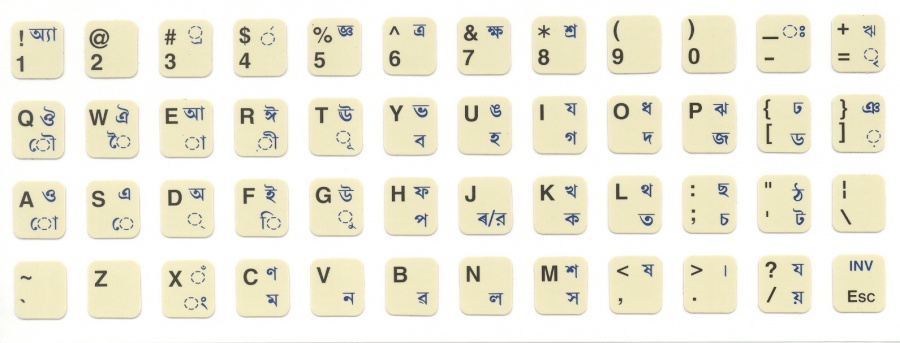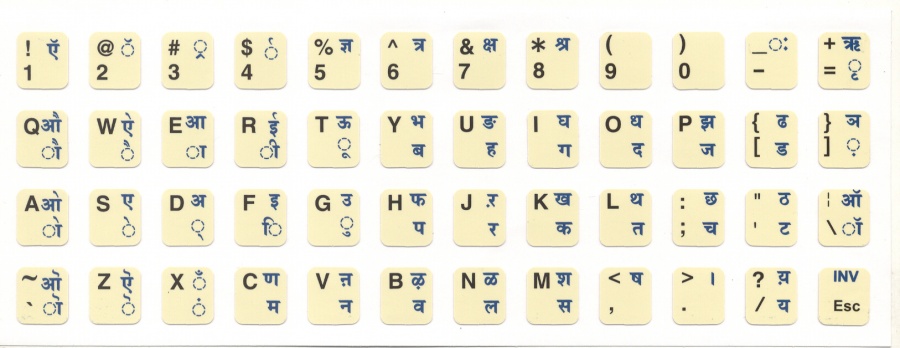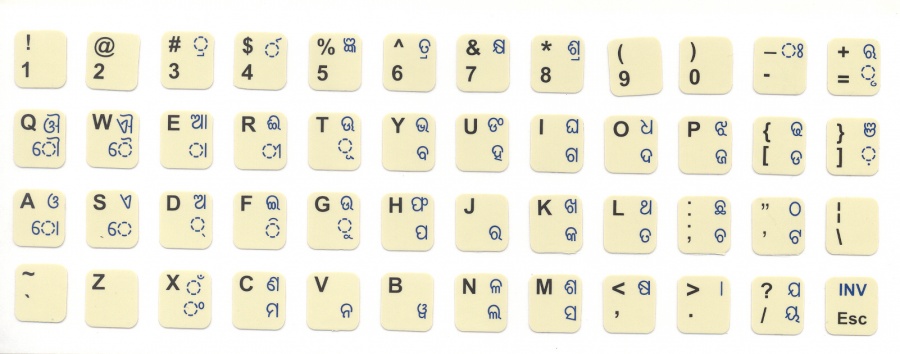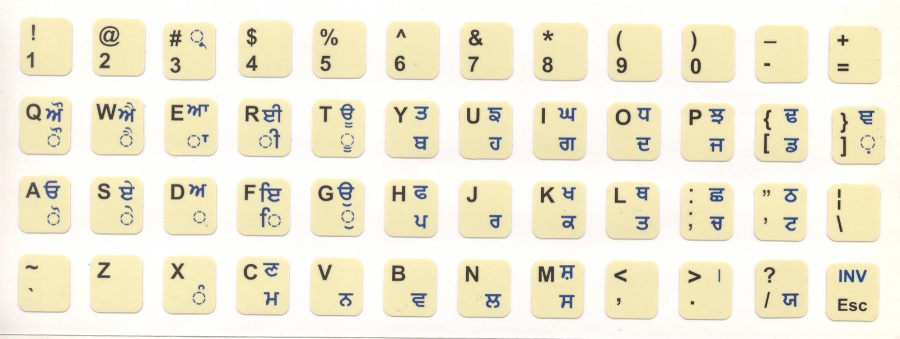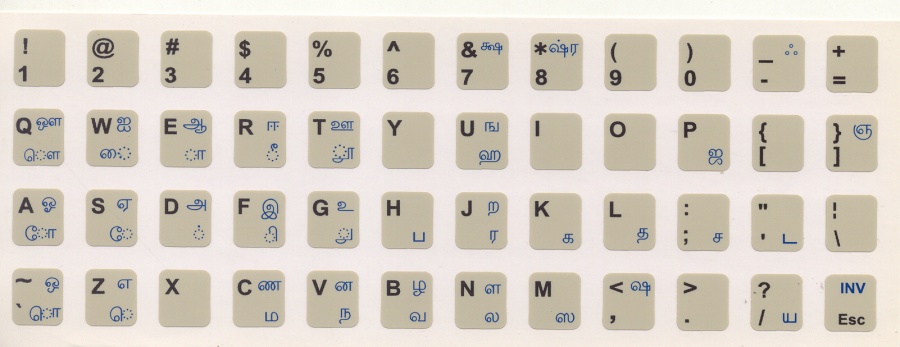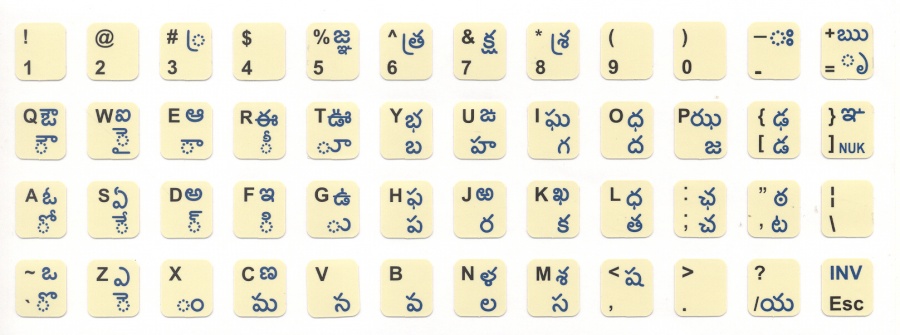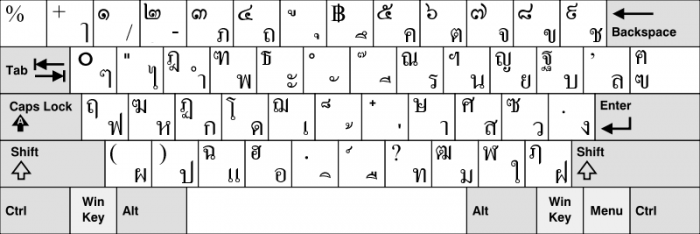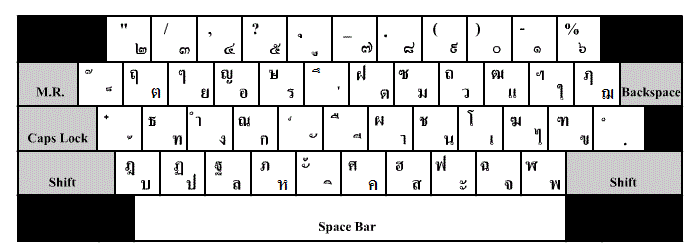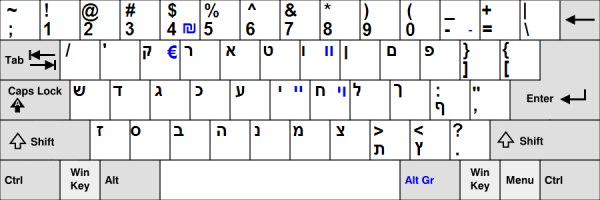Language/Multiple-languages/Culture/Keyboards
Hello Polyglots 😀
On this page, we list the most popular and ergonomic keyboards.
Recommendations:
- Multilingual keyboard for Android: Multiling O keyboard.
- Typing program: ttyper.
- Keyboard editor for Windows: Microsoft Keyboard Layout Creator.
- Keyboard editor for macOS: Karabiner-Element.
- Keyboard editing guidance for Linux: Creating custom keyboard layouts for X11 using XKB.
Cyrillic
| language | type | variant | image |
|---|---|---|---|
| multiple languages | Colemak | Rulemak | 
|
| Azeri | ЙЦУКЕН | азәри | 
|
| Bashkir | ЙЦУКЕН | Башҡортса | 
|
| Belarusian | ЙЦУКЕН | беларускі | 
|
| Bulgarian | ЯВЕРТЪ | 
| |
| Kazakh | ЙЦУКЕН | қазақша | 
|
| Kyrgyz | ЙЦУКЕН | кыргызча | 
|
| Mongolian | ЙЦУКЕН | монгол хэл | 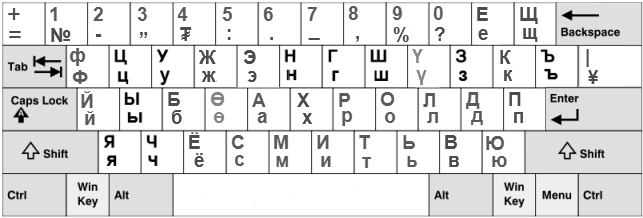
|
| Russian | ЙЦУКЕН | русский | 
|
| Serbian | ЉЊЕРТЗ | српски | 
|
| Tajik | ЙЦУКЕН | тоҷикӣ | 
|
| Tatar | ЙЦУКЕН | татарча | 
|
| Ukrainian | ЙЦУКЕН | українська | 
|
| Uzbek | ЙЦУКЕН | ўзбекча | 
|
| Yakut | ЙЦУКЕН | сахалыы | 
|
Han
| language | type | variant | image with link |
|---|---|---|---|
| Chinese | Bopomofo | 
| |
| Chinese | 倉頡 | 五 | 
|
| Chinese | QWERTY Pinyin | United States | 
|
| Chinese | 五笔 | 86 | 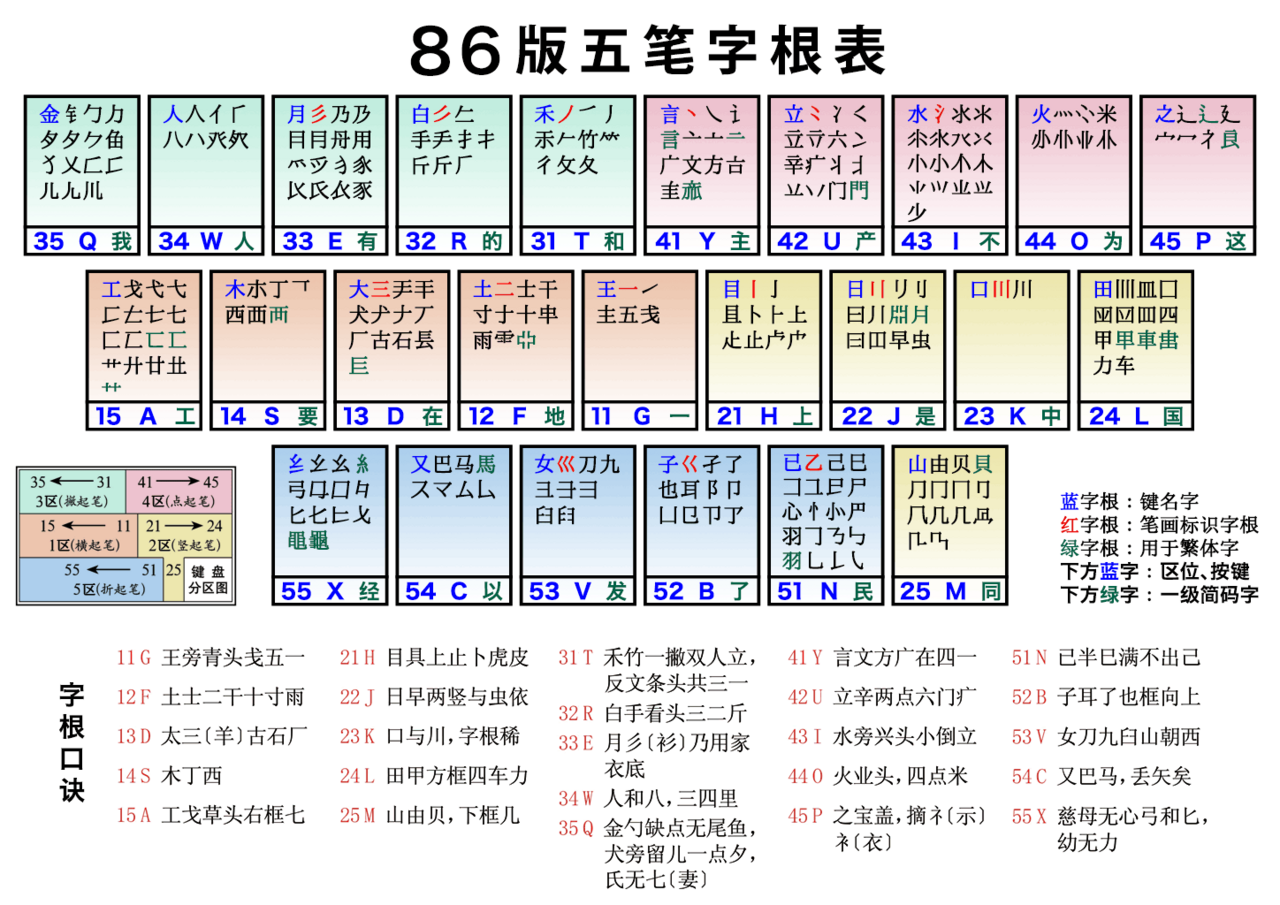
|
| Chinese | 五笔 | 98 | 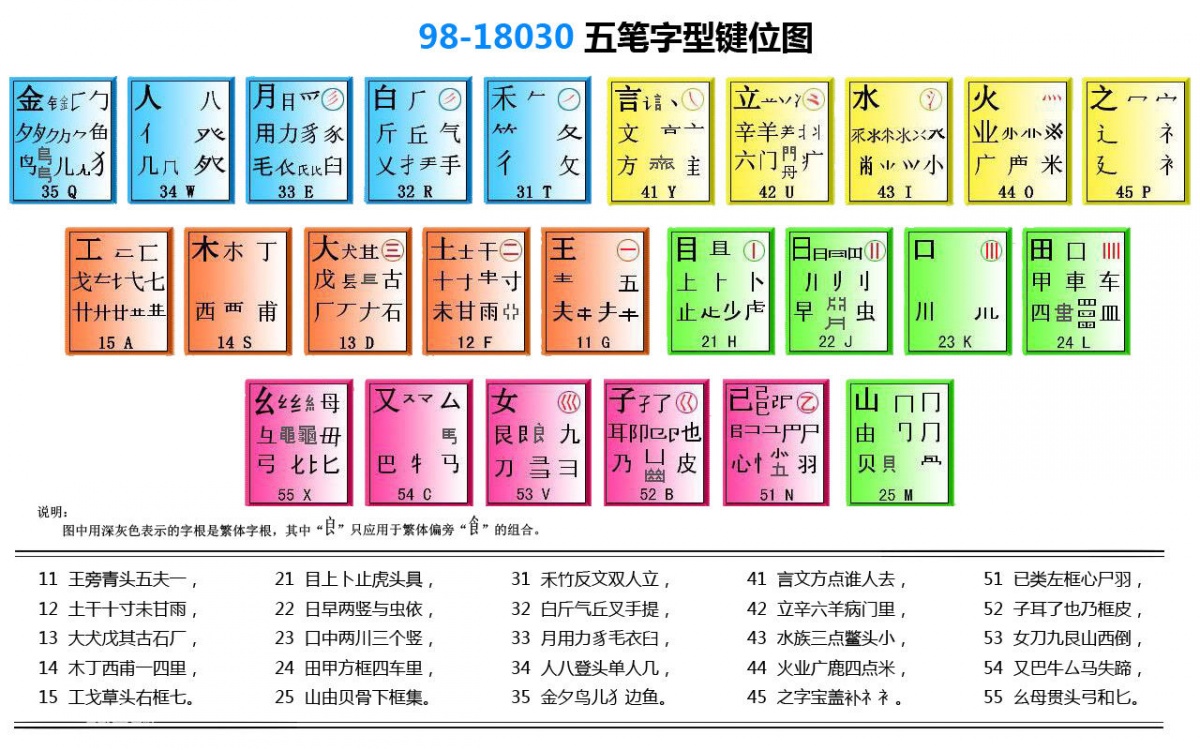
|
| Chinese | 五笔 | 新世纪 | 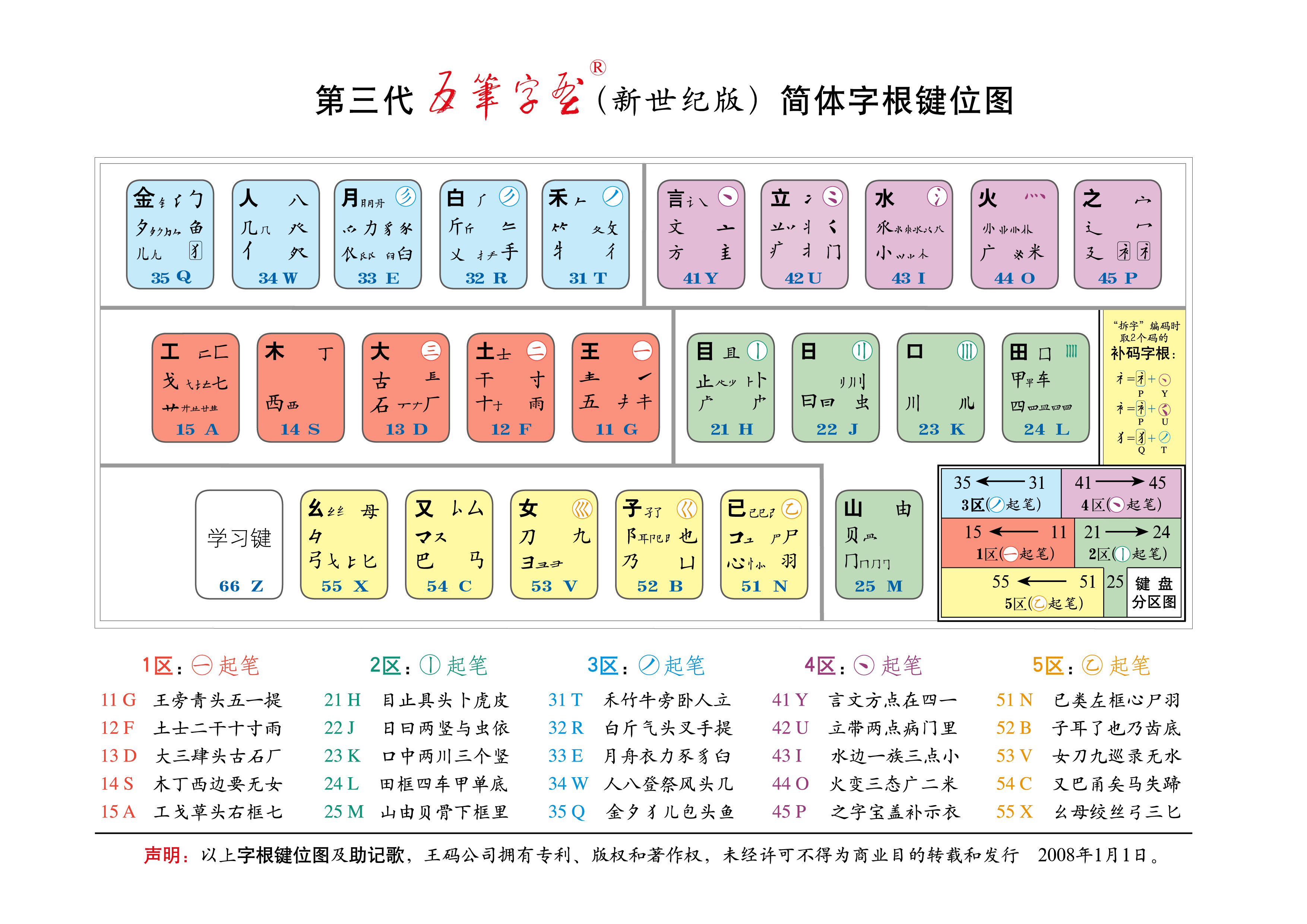
|
- Cangjie
- 倉頡輸入法 - 維基教科書 https://zh.wikibooks.org/wiki/%E5%80%89%E9%A0%A1%E8%BC%B8%E5%85%A5%E6%B3%95
- Cangjie method https://www.academickids.com/encyclopedia/index.php/Cangjie_method
- 倉頡平台2022 https://www.chinesecj.com/forum/forum.php?mod=viewthread&tid=195320
- 倉頡大字典 https://www.chinesecj.com/cjdict/
- 仓颉打字通 http://www.wb98.com/down.htm
- Wubi
- 无痛学习 王码五笔字型输入法完全教程 https://soft.zol.com.cn/22/224137_all.html
- 五笔字型 For Speakers of English https://chinesemac.org/wubi/xing.html
- 极点五笔 http://www.freewb.org/
- 五笔字型编码查询在线查询 http://www.wangma.com.cn/query/wmhz1.asp
- 五笔打字通 / 王码打字通 http://www.wb98.com/down.htm
Latin
| language | type | variant | image with link |
|---|---|---|---|
| multiple languages | BÉPO | 
| |
| multiple languages | Colemak | United States | 
|
| multiple languages | Colemak | Colemak-DH EurKEY |
ISO:
|
| multiple languages | Eumak | 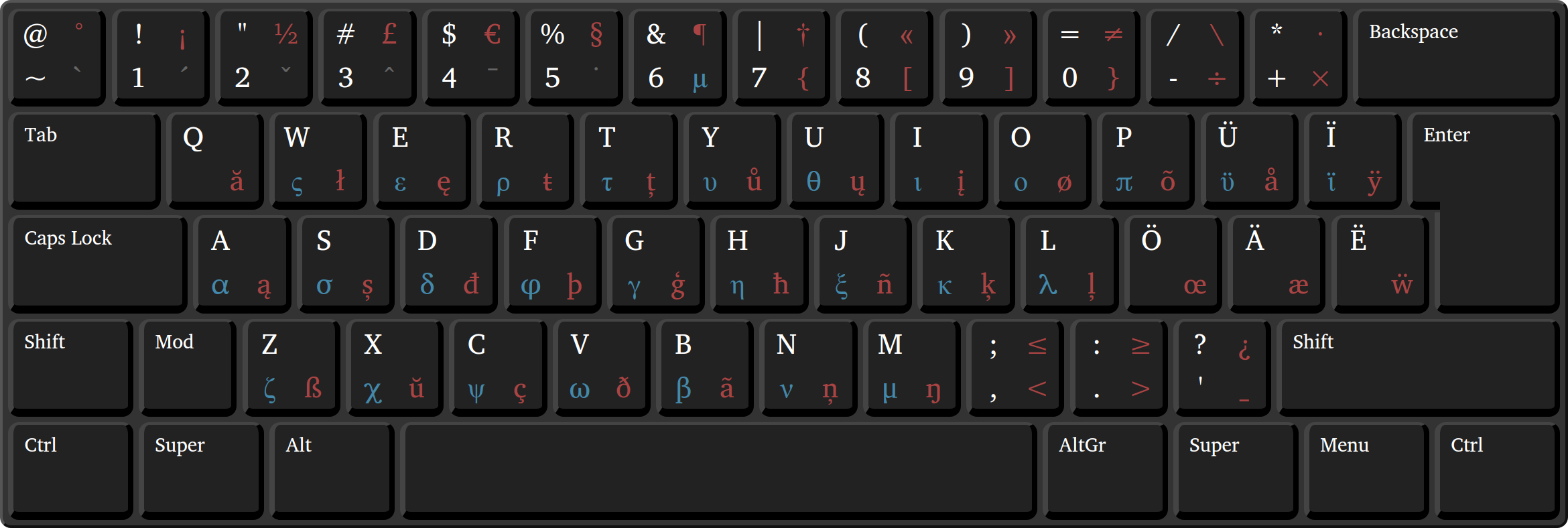
| |
| multiple languages | QWERTY | Canadian Multilingual Standard | 
|
| multiple languages | QWERTY | EurKEY | 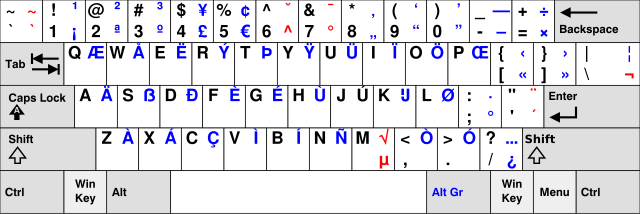
|
| multiple languages | QWERTY | suomalainen monikielinen | 
|
| multiple languages | QWERTY | United States International | 
|
| Berber languages | AZERTY | Tamaziɣt | 
|
| German, French, Italian, Romansch | QWERTZ | Schweiz | 
|
| Dutch, French | AZERTY | België | 
|
| Norwegian, Sámi | QWERTY | norsk med samisk | 
|
| Albanian | QWERTZ | shqip | 
|
| Czech | QWERTZ | český | 
|
| Danish | QWERTY | dansk | 
|
| Dutch | QWERTY | Nederlands | 
|
| English | Workman | 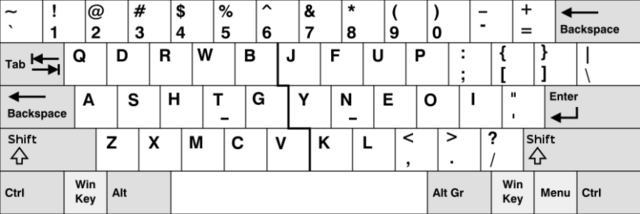
| |
| English | QWERTY | English (United Kingdom) | 
|
| Estonian | QWERTY | eesti | 
|
| Faroese | QWERTY | føroyskt | 
|
| Hungarian | QWERTZ | magyar |
ISO:
|
| Icelandic | QWERTY | íslenska | 
|
| Irish | QWERTY | Gaeilge | 
|
| Italian | QWERTY | italiano | 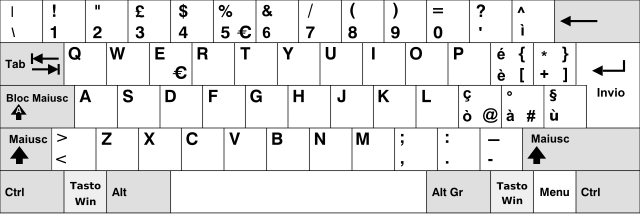
|
| Polish | QWERTY | polszczyzna | 
|
| Polish | QWERTZ | polszczyzna | 
|
| Portuguese | QWERTY | português (Brasil) | 
|
| Portuguese | QWERTY | português (Portuguesa) | 
|
| Romanian | QWERTY | românesc | 
|
| Slovak | QWERTY | slovenčina | 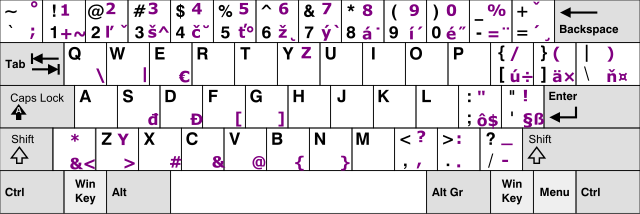
|
| Slovenian | QWERTZ | slovénščina | 
|
| Spanish | QWERTY | español (España) | 
|
| Spanish | QWERTY | español (Latinoamérica) | 
|
| Turkish | FGĞIOD | 
| |
| Turkish | QWERTY | Türkçe | 
|
| Vietnamese | QWERTY | tiếng Việt | 
|
- Colemak https://colemak.com/
- Colemak-DH EurKEY https://forum.colemak.com/topic/2623-colemakdh-eurkey/
- Eumak https://eumak.org/
- Workman https://workmanlayout.org/
Japanese
Romaji input
There are several types of Romanization in Japanese, in which the most widely-used is Hepburn, created by James Curtis Hepburn in 1867. Later it came into computers.
It follows the system's keyboard, usually QWERTY.
Its main advantage is easy to learn.
Kana input
Its main advantage is efficient.
It's the most popular in Japan.
Flick input
It's for mobile phones, input by flicking finger from a position to a direction.
Its main advantage is efficient.
It's the most popular in Japan.
Korean
Dubeolsik
Its main advantage is easy to learn.
It's the most popular in Korea.
Sebeolsik Final
Its main advantage is ergonomic. Its main disadvantage is using the number row and frequent need of pressing the Shift key.
Ahnmatae
Its main advantage is easy to learn with clear division of the first consonant, vowel and final consonant. Its main disadvantage is using non-home row frequently.
Official website (currently down):
New Sebeolsik
Its main advantage is clear division of the first consonant, vowel and final consonant. Its main disadvantage is burdening the left hand.
Its final version is unsettled yet.
Official blog category:
https://pat.im/category/%ED%95%9C%EA%B8%80%20%EC%9E%90%ED%8C%90/%EC%8B%A0%EC%84%B8%EB%B2%8C%EC%8B%9D
Latest version:
Romaja
There are several types of Romanization in Korean, in which the most widely-used is Revised Romanization, created by the National Academy of the Korean Language in 2000. Later it came into computers.
It follows the system's keyboard, usually QWERTY.
Its main advantage is easy to learn. Its main disadvantage is causing some inconvenience for some words like “Hangeul”.
Arabic
IBM PC Arabic Keyboard
Mac Arabic Keyboard
Greek
It's based on QWERTY.
Brahmic scripts
Inscript
It's a set of keyboards standardized by Government of India in 1986.
Bangla
Devanagari
Gujarati
Kannada
Malayalam
Oriya
Punjabi
Tamil
Telugu
Thai
Kedmanee
It's created for Thai.
Pattachote
It's created by Sarit Pattachote for Thai.


